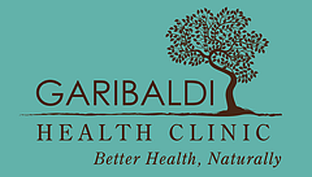Bone Marrow
Recently I came across a curious quotation from noted chef and author, Anthony Bourdain, to the effect that his last meal, were he ever on death row, would be bone marrow.
Hardly a gourmet food, one would think, and yet it is the centerpiece of the Italians’ ossobuco, the south Asian dish, nallinihari, Mexican tuitano and a favourite with northern natives when taken from the cracked leg bones of moose and caribou.
But for most North Americans, bone marrow is not something we think of as food. In fact, unless we are unlucky enough to contract leukemia or tuberculosis of the bone, we don’t think about it at all. And why should it be otherwise? The unseen marrow in our bones demands almost no care and attention, while getting quietly on with its life-long job.
Bone marrow is a blood factory. And it has to be, as the red blood cells(stained by iron) that carry vital oxygen throughout our bodies, die and must be replaced at a rate of 2-3 million every second. Bone marrow constitutes nearly six pounds of an adult’s body weight and cranks out about an ounce of blood every day.
Some sense of the scale of this activity can be gained from the fact just one human femur contains some 400 billion blood cells in various stages of development. These include not only red cells, but also white cells that are instrumental in fighting off infections, and platelets that initiate clotting when we bleed.
The most common cause of interruption in this production line is anemia, particularly iron-deficient anemia and pernicious anemia, caused by a shortage of vitamin B12. As both iron and B12 are most readily available in meat, vegetarians and vegans are susceptible and may have to take supplements of either or both.
There are at least four other types of anemia and all reduce the capacity of blood to carry oxygen to the cells, resulting in fatigue and shortness of breath. Excessive blood loss, either from a wound or heavy menstrual flow, can have the same consequences.
The productive capacity of bone marrow may also be damaged by chemotherapy or radiation, encountered either as therapy or involuntarily, as happened to people living downwind from the nuclear disaster at Chernobyl.
Alternative therapies can, in some cases, be highly effective in combating these cancers and minimizing the side effects of chemo or radiation.
But in worse case scenarios – aplasticanemia and some types of leukemia – the marrow’s ability to manufacture blood is compromised to the point where there is no alternative but to attempt a bone marrow transplant. First performed more than 40 years ago, this is still a risky procedure.
A transplant begins by killing all living cells in thedamaged bone marrow with drugs or radiation. Healthy stem cells are then introduced to restart the production of blood cells. They may be harvested from a compatible donor, or taken from the person under treatment and then reintroduced. Either way, success is far from certain.
Fortunately, such drastic measures are exceptional. For the most part, your bone marrow will look after itself. If you suspect symptoms of anemia, get a blood test. Plenty of Vitamin C will keep your white blood cell count high and your immune system strong.
In short, even if you don’t eat the stuff, bone marrow is definitely not something that you need to spend a lot of time sitting around pondering over.
©Dr. Ashely Gordon, 2009.

